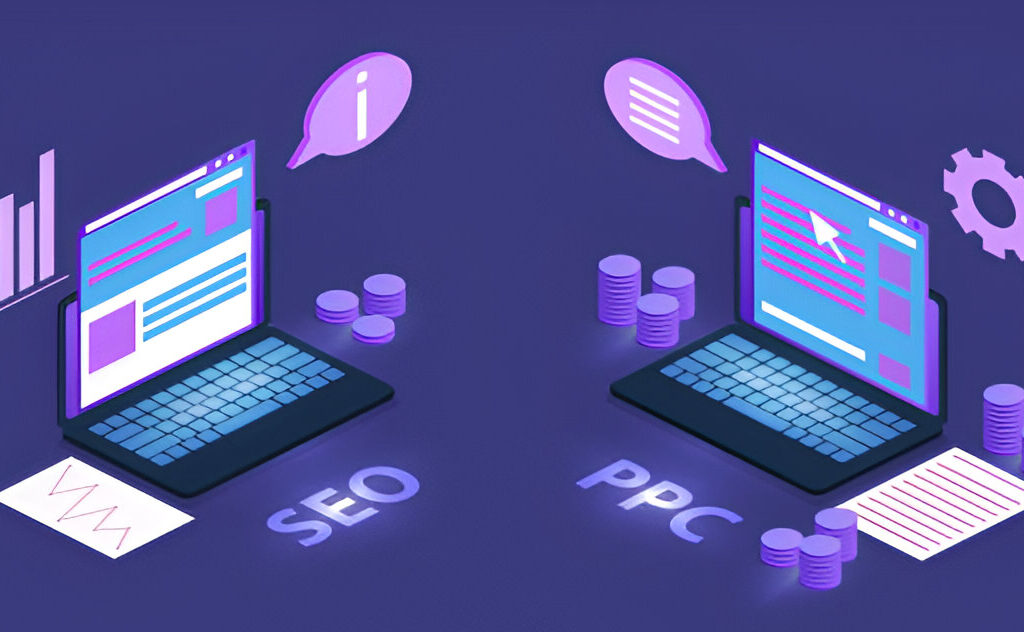Amazon advertising is a powerful tool for increasing product visibility, driving sales, and growing your business. However, simply running ads is not enough. To get the best return on investment (ROI), sellers must understand how to create and optimize their Amazon ads effectively. This guide covers strategies for structuring successful Amazon ads, optimizing campaigns, and maximizing budget efficiency.
Understanding Amazon Ads
Amazon offers different types of advertising solutions, including Sponsored Products, Sponsored Brands, Sponsored Display, and Demand-Side Platform (DSP). Each serves a unique purpose:
- Sponsored Products: Appear in search results and product pages, promoting individual products.
- Sponsored Brands: Feature brand logos and multiple products, helping build brand awareness.
- Sponsored Display: Targets audiences both on and off Amazon.
- Amazon DSP: A programmatic ad-buying platform offering advanced audience targeting.
Choosing the right ad type depends on your goals—whether you want to boost conversions, increase brand visibility, or retarget potential buyers.

Step 1: Keyword Research and Selection
Keywords are crucial for Amazon PPC success. To optimize your ads:
- Use Amazon’s Search Term Report: Identify high-performing keywords from previous campaigns.
- Leverage Third-Party Tools: Helium 10, Jungle Scout, and SellerApp can help discover profitable keywords.
- Focus on Long-Tail Keywords: These have lower competition and higher conversion rates.
- Refine Negative Keywords: Exclude irrelevant search terms to avoid wasted ad spend.
Step 2: Structuring Your Campaigns
A well-structured campaign ensures better control over ad performance. Follow these strategies:
- Create Separate Campaigns for Branded and Non-Branded Keywords: This helps track conversions effectively.
- Group Similar Products Together: Avoid mixing unrelated products within the same ad group.
- Use Automatic and Manual Targeting: Automatic campaigns help discover new keywords, while manual campaigns allow refined targeting.
Step 3: Setting an Effective Budget
Amazon PPC operates on a cost-per-click (CPC) model, meaning you pay only when someone clicks your ad. To manage your budget effectively:
- Start Small and Scale Gradually: Begin with a conservative budget and increase spending based on performance.
- Monitor ACoS (Advertising Cost of Sale): Keep it aligned with your profit margins.
- Optimize Bids Regularly: Adjust bids based on keyword performance.
Step 4: Crafting Compelling Ad Copy and Visuals
An ad’s success depends on how well it captures attention. Best practices include:
- Use High-Quality Images: Showcase products from multiple angles.
- Write Clear, Persuasive Titles: Highlight key features and benefits.
- Incorporate Bullet Points: Make product details easily scannable.
- Add A+ Content: Enhance listings with rich media and brand storytelling.
Step 5: Analyzing and Adjusting Campaign Performance
Optimization is an ongoing process. Regularly review:
- Click-Through Rate (CTR): Measures how often users click on your ads.
- Conversion Rate (CVR): Shows the percentage of clicks leading to sales.
- Return on Ad Spend (ROAS): Helps evaluate campaign profitability.
- ACoS: Should be within a manageable range based on your margins.
Advanced Optimization Strategies
1. Dynamic Bidding
Amazon offers three bidding strategies:
- Dynamic Bids – Down Only: Reduces bids when conversion likelihood is low.
- Dynamic Bids – Up and Down: Increases bids for high-converting traffic.
- Fixed Bids: Keeps bids constant.
Testing these strategies helps maximize conversions while minimizing costs.
2. Dayparting (Ad Scheduling)
Analyze sales data to determine peak shopping hours and schedule ads accordingly. This prevents unnecessary spending during low-converting hours.
3. Utilizing Amazon Attribution
For sellers driving external traffic, Amazon Attribution helps track ad performance across multiple channels like social media, Google, and email campaigns.
4. Retargeting with Sponsored Display
Retarget customers who viewed but didn’t purchase your product. Sponsored Display ads remind potential buyers and increase conversion chances.
Common Mistakes to Avoid
- Setting and Forgetting Ads: Regular monitoring and adjustments are essential.
- Bidding Too Aggressively on Broad Keywords: This can lead to high costs with low conversions.
- Ignoring Negative Keywords: Not filtering irrelevant searches wastes ad spend.
- Overlooking Organic Optimization: Combining PPC with strong organic ranking strategies leads to long-term success.
Conclusion
Creating and optimizing Amazon ads is a continuous process that requires data-driven strategies, regular adjustments, and efficient budget management. By implementing the best practices outlined above, sellers can maximize their Amazon PPC performance, reduce unnecessary costs, and boost overall sales.
Start testing and refining your campaigns today to stay ahead in Amazon’s competitive marketplace!
FAQs:
1. What are the different types of Amazon ads?
Amazon offers three main types of ads:
- Sponsored Products: Promote individual listings to appear in search results and product pages.
- Sponsored Brands: Feature brand logos, headlines, and multiple products in one ad.
- Sponsored Display: Retarget customers on and off Amazon.
2. How do I choose the right keywords for my Amazon ads?
Use high-converting keywords by:
- Conducting Amazon Keyword Research using tools like Helium 10 or Jungle Scout.
- Targeting long-tail keywords with high relevance.
- Using both broad and exact match types to optimize reach.
3. How can I improve my ad relevance on Amazon?
Ensure your product listing is optimized by:
- Writing detailed product titles with relevant keywords.
- Using high-quality images and videos.
- Improving your bullet points and descriptions with persuasive copy.
4. What is the best budget strategy for Amazon ads?
Start with a daily budget of at least $10-$20 and adjust based on performance.
- Use Automatic campaigns to gather data.
- Transition to Manual campaigns for more control over bidding.
5. How do I track the performance of my Amazon ads?
Monitor key metrics in Amazon Advertising Reports, such as:
- ACOS (Advertising Cost of Sales) – Keep it under 30% for profitability.
- CTR (Click-Through Rate) – Aim for above 0.5% for effectiveness.
- Conversion Rate – Ensure at least 10%+ for best results.
6. How do I lower my ACOS on Amazon ads?
To reduce ACOS, you should:
- Pause underperforming keywords with low conversion rates.
- Adjust bids based on keyword performance.
- Refine audience targeting to reach the right shoppers.
7. Should I use automatic or manual targeting for Amazon ads?
- Start with automatic targeting to gather keyword data.
- Switch to manual targeting for more control and efficiency.
- Use a combination of both for the best results.
8. What are negative keywords, and why are they important?
Negative keywords prevent your ad from showing on irrelevant searches, saving money.
For example, if you sell premium leather bags, you may add “cheap” as a negative keyword to avoid low-intent buyers.
9. How do I retarget customers using Amazon ads?
Use Sponsored Display Ads to:
- Show ads to shoppers who viewed your product but didn’t buy.
- Target audiences based on their past shopping behavior.
10. How long does it take to see results from Amazon ads?
- Initial results can be seen within a few days.
- For optimized performance, expect 2-4 weeks of data collection and adjustments.
- Regularly refine campaigns to improve efficiency and maximize sales.




